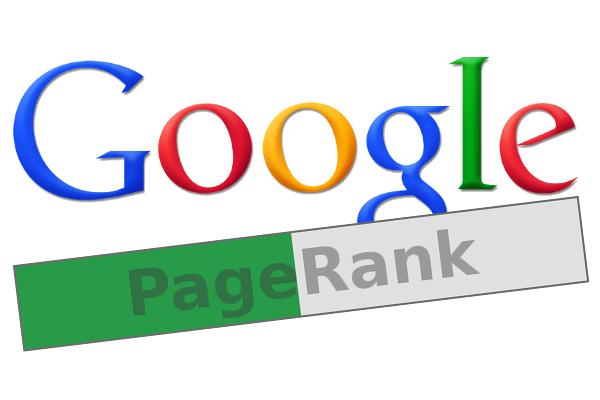Introduction
In the digital era, a business website serves as the cornerstone of an organization’s online presence. It is a powerful tool that can attract customers, build brand credibility, and drive business growth. However, launching a business website requires careful planning, strategic thinking, and attention to detail. This comprehensive essay aims to provide entrepreneurs and business owners with a step-by-step guide on how to successfully launch a business website. By following these guidelines, you can ensure a seamless website launch that maximizes your online potential and sets the stage for future success.
I. Preparing for Website Launch
Before diving into the website development process, it is essential to lay a strong foundation by defining your goals, conducting market research, and outlining your website’s structure.
- Defining Website Objectives: a. Determine the primary purpose of your website (e.g., e-commerce, lead generation, brand awareness). b. Establish specific, measurable, achievable, relevant, and time-bound (SMART) goals for your website.
- Conducting Market Research: a. Identify your target audience and their online behavior. b. Analyze competitors’ websites and identify opportunities for differentiation.
- Planning Website Structure: a. Develop a site map outlining the main sections and pages. b. Create wireframes or mockups to visualize the website’s layout and functionality.
II. Designing and Developing Your Website
This section delves into the design and development process, focusing on aspects such as selecting a content management system (CMS), designing the user interface (UI), and optimizing user experience (UX).
- Selecting a CMS: a. Research and choose a CMS platform that aligns with your business needs. b. Popular options include WordPress which iGlobalweb supports 100%.
- Designing the UI: a. Create a visually appealing design that reflects your brand identity. b. Consider factors such as color schemes, typography, and visual elements. c. Ensure a responsive design that adapts seamlessly to different devices.
- Optimizing UX: a. Streamline website navigation and structure for intuitive user experience. b. Optimize for mobile devices, ensuring a consistent and user-friendly design. c. Conduct user testing and gather feedback to refine the UX.
- Developing Website Functionality: a. Build essential features, such as contact forms, search functionality, and social media integration. b. Integrate third-party tools, such as analytics and customer relationship management (CRM) systems.
- Implementing E-commerce Functionality (if applicable): a. Set up a secure payment gateway and shopping cart system. b. Ensure compliance with data protection regulations.
III. Content Creation and Optimization
Compelling and optimized content is key to engaging visitors, driving conversions, and improving search engine visibility.
- Developing Engaging Copy: a. Craft persuasive and informative copy that communicates your value proposition. b. Address customer pain points and highlight key benefits. c. Maintain a consistent tone and voice throughout your website.
- Search Engine Optimization (SEO): a. Conduct keyword research to identify relevant terms for optimization. b. Incorporate keywords naturally into page titles, headings, and content. c. Optimize meta tags, URLs, and image alt tags. d. Focus on creating high-quality, unique content.
- Incorporating Multimedia: a. Enhance user engagement with relevant images, videos, infographics, and interactive elements. b. Optimize multimedia files for fast loading times and mobile compatibility.
IV. Testing and Launching Your Website
The final stage involves testing your website for functionality, performance, and compatibility across different browsers and devices. Once satisfied, you can proceed with the official launch.
- Quality Assurance: a. Conduct thorough testing of all website functionalities and interactive elements. b. Test website performance, loading times, and compatibility across browsers and devices.
- Content Review: a. Proofread all content to ensure accuracy, clarity, and consistency. b. Verify that all links are working correctly.
- Website Security: a. Implement security measures, including SSL certificates, firewalls, and regular backups. b. Protect user data and ensure compliance with data protection regulations.
- Website Launch: a. Coordinate with your web hosting provider to make your website live. b. Monitor the website closely during the initial launch period for any issues or errors.
Conclusion
Launching a business website requires careful planning, meticulous execution, and continuous optimization, which working with iGlobalweb will give you peace of mind. Please contact us for free consultation or call us TOLL-FREE 877-522-0101





